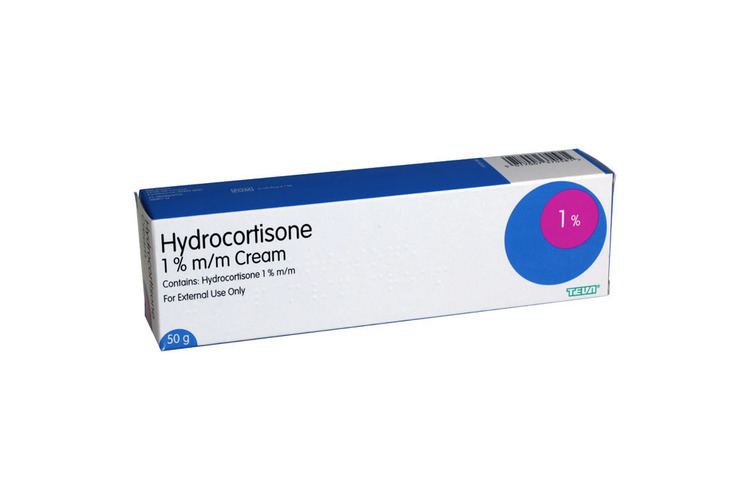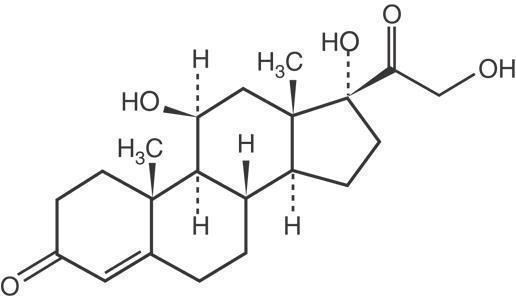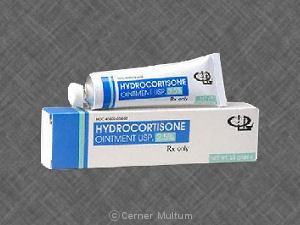AHFS/Drugs.com Monograph License data US FDA: Hydrocortisone | MedlinePlus a682206 Molar mass 362.46 g/mol | |
 | ||
Trade names Cortef, Solu-Cortef, others Pregnancycategory AU: AUS: C (Risk not ruled out) | ||
Q a hydrocortisone side effects and how to improve adrenal function
Hydrocortisone, sold under the brandname Cortef among others, is the name for the hormone cortisol when supplied as a medication. Uses includes conditions such as adrenocortical insufficiency, adrenogenital syndrome, high blood calcium, thyroiditis, rheumatoid arthritis, dermatitis, asthma, and COPD. It is the treatment of choice for adrenocortical insufficiency. It can be given by mouth or by injection. After long-term use, if stopped this should be done slowly.
Contents
- Q a hydrocortisone side effects and how to improve adrenal function
- Hydrocortisone use
- Pharmacology
- Protein binding
- References

Side effects may include mood changes, increased risk of infection, and swelling. With long-term use common side effects include osteoporosis, upset stomach, physical weakness, easy bruising, and yeast infections. While used, it is unclear if it is safe during pregnancy. It works as an antiinflammatory and by immune suppression.

Hydrocortisone was discovered in 1955. It is on the World Health Organization's List of Essential Medicines, the most effective and safe medicines needed in a health system. It is available as a generic medication. The wholesale cost in the developing world is about 0.27 USD per day as of 2014 for the form taken by mouth. In the United States it costs less than 25 USD for a typical month of treatment.

Hydrocortisone use
Pharmacology

Hydrocortisone is the pharmaceutical term for cortisol used in oral administration, intravenous injection, or topical application. It is used as an immunosuppressive drug, given by injection in the treatment of severe allergic reactions such as anaphylaxis and angioedema, in place of prednisolone in patients needing steroid treatment but unable to take oral medication, and perioperatively in patients on long-term steroid treatment to prevent Addisonian crisis. It may also be injected into inflamed joints resulting from diseases such as gout.

Compared to hydrocortisone, prednisolone is about four times as strong and dexamethasone about forty times as strong, in their anti-inflammatory effect. Prednisolone can also be used as cortisol replacement, and at replacement dose levels (rather than anti-inflammatory levels), prednisolone is about eight times more potent than cortisol. For side effects, see corticosteroid and prednisolone.

It may be used topically for allergic rashes, eczema, psoriasis, itching and other inflammatory skin conditions. Topical hydrocortisone creams and ointments are available in most countries without prescription in strengths ranging from 0.05% to 2.5% (depending on local regulations) with stronger forms available by prescription only. Covering the skin after application increases the absorption and effect. Such enhancement is sometimes prescribed, but otherwise should be avoided to prevent overdose and systemic impact.
Protein binding
Most serum cortisol (all but about 4%) is bound to proteins, including corticosteroid binding globulin (CBG) and serum albumin. Free cortisol passes easily through cellular membranes, where they bind intracellular cortisol receptors.
